Labor Efficiency
Labor efficiency remains a pivotal factor influencing the Haying and Forage Machinery Market. With labor shortages becoming increasingly prevalent in agricultural sectors, there is a pressing need for machinery that can perform tasks with minimal human intervention. Advanced haying and forage equipment, such as self-propelled forage harvesters and automated balers, are designed to enhance productivity while reducing the reliance on manual labor. Data suggests that the use of automated machinery can lead to a 40% reduction in labor costs, making it an attractive option for farmers. Moreover, the ability to operate these machines with fewer personnel allows for better allocation of resources and time management. As the industry continues to adapt to labor market challenges, the focus on labor efficiency is expected to drive further innovations in the Haying and Forage Machinery Market.
Sustainability Focus
Sustainability has emerged as a critical driver within the Haying and Forage Machinery Market. As environmental concerns escalate, farmers are increasingly seeking machinery that not only enhances productivity but also reduces ecological footprints. The demand for equipment that utilizes renewable energy sources, such as solar-powered mowers and electric forage harvesters, is on the rise. Recent statistics indicate that sustainable machinery can reduce fuel consumption by up to 30%, which is particularly appealing in an era of fluctuating fuel prices. Additionally, the emphasis on sustainable practices is influencing manufacturers to innovate and produce equipment that supports soil health and biodiversity. This shift towards sustainability is likely to shape the future landscape of the Haying and Forage Machinery Market, as stakeholders prioritize eco-friendly solutions.
Technological Advancements
The Haying and Forage Machinery Market is experiencing a notable transformation due to rapid technological advancements. Innovations such as precision agriculture, automation, and smart machinery are enhancing operational efficiency and productivity. For instance, the integration of GPS technology and IoT devices allows farmers to monitor and manage their equipment in real-time, leading to optimized resource utilization. According to recent data, the adoption of advanced machinery has resulted in a 20% increase in forage yield in some regions. Furthermore, manufacturers are increasingly focusing on developing machinery that minimizes environmental impact while maximizing output, which aligns with the growing demand for sustainable farming practices. This trend suggests that the Haying and Forage Machinery Market will continue to evolve, driven by the need for more efficient and environmentally friendly solutions.
Government Support and Subsidies
Government support and subsidies play a crucial role in shaping the Haying and Forage Machinery Market. Many governments are implementing policies aimed at promoting agricultural efficiency and sustainability, which often include financial incentives for farmers to invest in modern machinery. These subsidies can significantly lower the cost barrier for acquiring advanced haying and forage equipment, encouraging more farmers to upgrade their operations. Recent reports indicate that regions with robust government support have seen a 25% increase in the adoption of new machinery. Additionally, such initiatives not only enhance productivity but also contribute to the overall growth of the agricultural sector. As governments continue to prioritize agricultural innovation, the Haying and Forage Machinery Market is likely to benefit from increased investments and advancements in technology.
Rising Demand for Forage Products
The increasing The Haying and Forage Machinery Industry. As livestock production continues to expand, the need for high-quality forage has become paramount. This trend is particularly evident in regions where dairy and meat production is on the rise, necessitating efficient harvesting and processing of forage crops. Recent market analyses indicate that the forage market is projected to grow at a compound annual growth rate of 5% over the next five years. Consequently, farmers are investing in advanced haying and forage machinery to meet this demand, leading to a surge in sales of equipment such as mowers, rakes, and balers. This growing demand for forage products is likely to propel the Haying and Forage Machinery Market forward, as producers seek to enhance their operational capabilities.


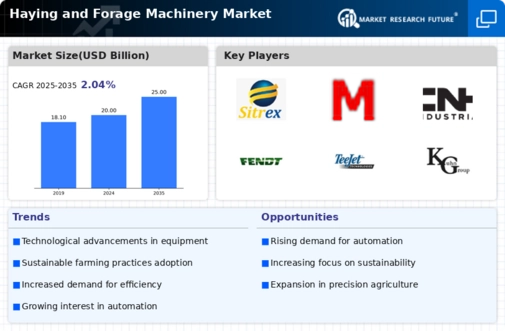
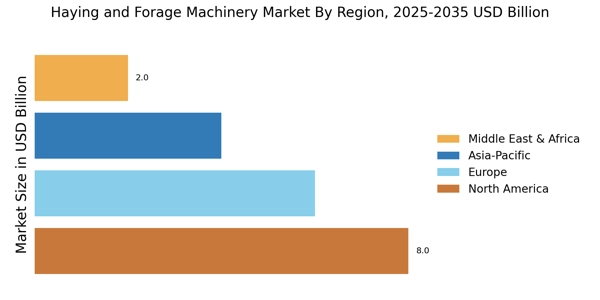
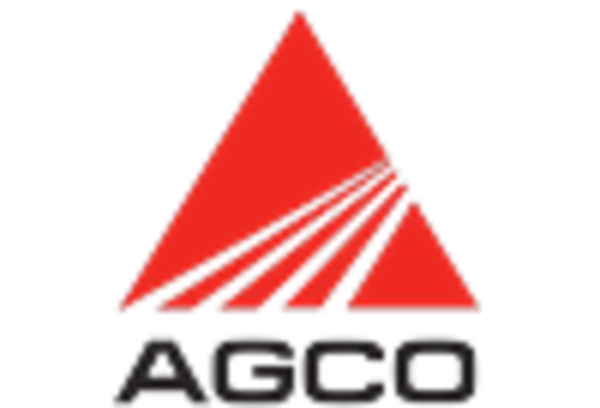
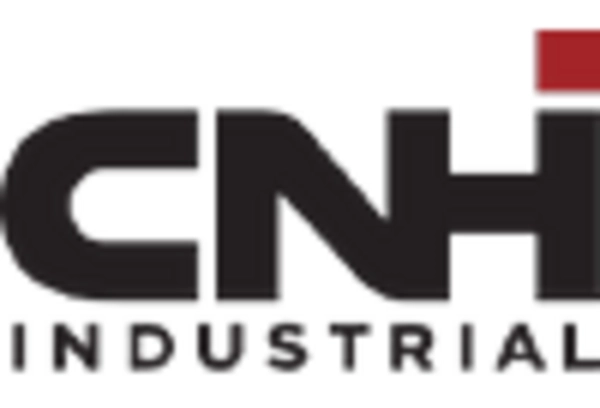

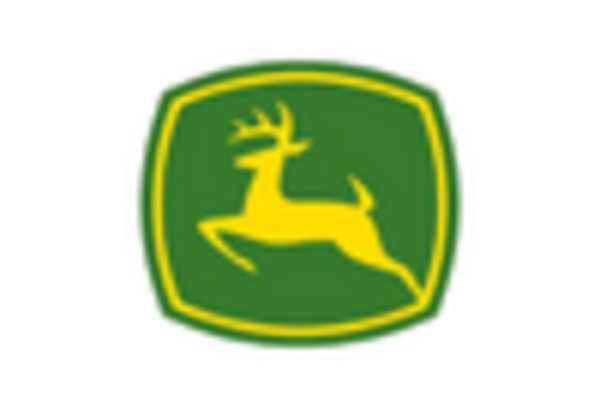
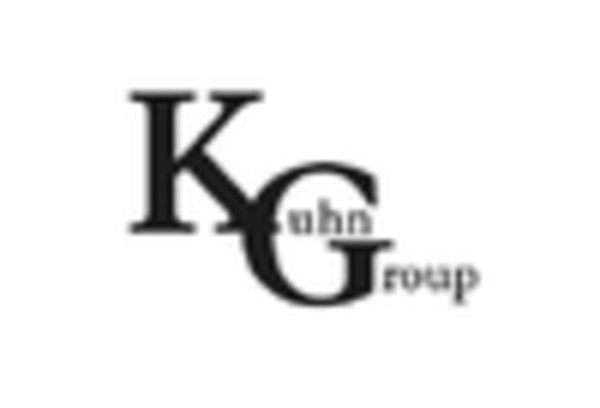









Leave a Comment